Grey Fox
- January 11, 2024
- 0 comment
The grey fox, scientifically known as Urocyon cinereoargenteus, is a captivating mammal that graces the landscapes of North and Central America. Its name is derived from the distinctive grizzled grey and rusty red hues that adorn its fur, creating a mesmerizing blend. Weighing between 7 to 14 pounds, with a size ranging from 32 to 45 inches, including the tail, these foxes exhibit both charm and adaptability. Known for their agility, grey foxes are skilled climbers, utilizing their sharp claws to navigate trees with ease. Primarily nocturnal, their evenings are filled with various vocalizations, including barks and howls, contributing to the nighttime symphony of the wild.
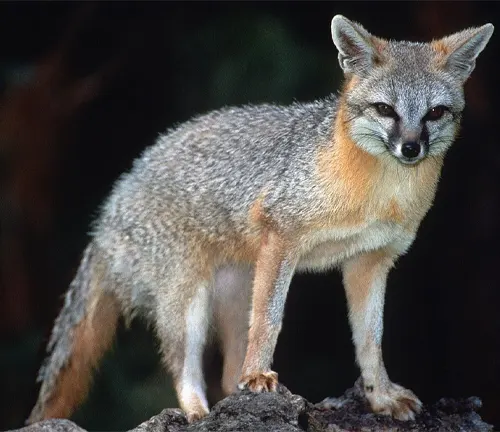
Grey foxes play a crucial ecological role, preying on small mammals and helping control rodent populations. Their adaptability extends to diverse habitats, from forests to urban areas, showcasing an ability to coexist with human settlements. While solitary by nature, familial bonds form during the breeding season, emphasizing the complexity of their social structure. As these creatures face challenges like habitat loss and human-wildlife conflicts, understanding and appreciating the grey fox become vital for fostering coexistence and contributing to their conservation.
| Specification | Details |
|---|---|
| Scientific Name | Urocyon cinereoargenteus |
| Fur Color | Grizzled grey and rusty red |
| Size | 32 to 45 inches (including tail) |
| Weight | 7 to 14 pounds |
| Habitat Range | North and Central America |
| Preferred Habitats | Forests, grasslands, urban areas |
| Nocturnal Activity | Primarily active during the night |
| Climbing Ability | Excellent climbers with sharp claws |
| Vocalizations | Various sounds, including barks and howls |
| Diet | Predominantly carnivorous, preys on small mammals |
| Social Structure | Generally solitary, familial bonds during breeding |
| Breeding Season | January to February |
| Lifespan (Wild) | Approximately 6 to 8 years |
| Adaptability | Thrives in diverse environments |
| Conservation Status | Faces threats like habitat loss and human conflicts |
| Ecological Role | Contributes to rodent population control |
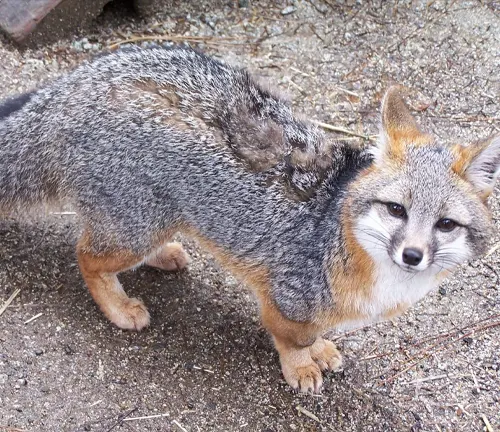
The grey fox, scientifically known as Urocyon cinereoargenteus, stands as a fascinating creature in the realm of wildlife. This small to medium-sized mammal plays a crucial role in maintaining the ecological balance in its habitat. Understanding the grey fox involves delving into its physical characteristics, habitat, behavior, and the challenges it faces in today’s world.
Physical Characteristics
One distinctive feature of the grey fox is its namesake fur color. The fur exhibits a unique blend of grey and rusty red hues, with a texture that varies from coarse to soft. On average, these foxes weigh between 7 to 14 pounds, and their size ranges from 32 to 45 inches, including their tail.
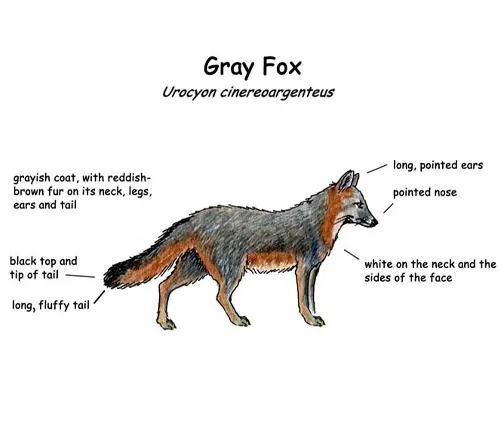
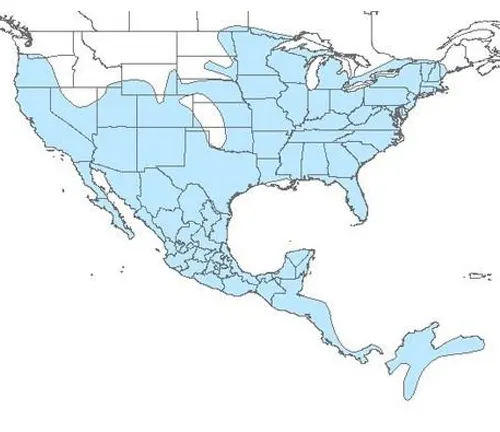
Habitat and Range
Grey foxes showcase remarkable adaptability, thriving in diverse environments. They can be found across North and Central America, from Canada to Venezuela. Their preferred habitats include forests, grasslands, and urban areas, demonstrating their ability to coexist with human settlements.
Diet and Feeding Habits
A closer look at the grey fox’s diet reveals a predominantly carnivorous nature. Small mammals, birds, and insects constitute the primary food sources, and their hunting techniques involve stealth and agility. These foxes are skilled climbers, enabling them to catch prey in trees or escape predators.

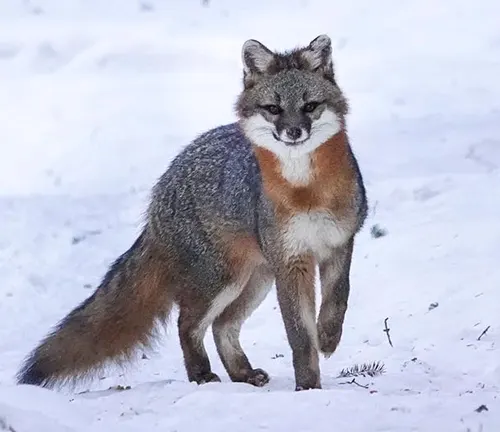
Behavior and Social Structure
As nocturnal beings, grey foxes exhibit heightened activity during the night. They are generally solitary creatures, but familial bonds form during the breeding season. Interactions with other grey foxes are marked by a mix of territorial behaviors and cooperative activities.
Reproduction and Family Life
The mating season for grey foxes typically occurs in January and February. After a gestation period of about two months, females give birth to a litter of three to seven pups. Family life involves nurturing and teaching the young ones essential survival skills.

Adaptations for Survival
Survival for grey foxes relies on their ability to blend into their surroundings. Their fur serves as effective camouflage, especially in wooded areas. Additionally, these foxes employ various strategies to avoid predators, showcasing their resourcefulness in the face of threats.

Human-Wildlife Conflict
While grey foxes play a vital role in controlling rodent populations, encounters with humans in urban areas can lead to conflicts. Implementing measures to coexist peacefully, such as securing garbage bins and minimizing attractants, helps mitigate these conflicts.
Conservation Status
Despite their adaptability, grey fox populations face threats from habitat loss, vehicle collisions, and diseases. Conservation efforts aim to address these challenges, emphasizing the importance of preserving the ecosystems they inhabit.
Interesting Facts about Grey Fox
Grey foxes possess intriguing features, such as retractable claws that aid in climbing trees. Additionally, their ability to rotate their ears helps them pinpoint sounds accurately. These unique traits contribute to the mystique surrounding these remarkable creatures.
Grey Fox in Popular Culture
References to grey foxes abound in literature, folklore, and various cultures worldwide. Symbolizing cunning and adaptability, grey foxes often play roles in stories that highlight their intelligence and resourcefulness.
Grey Fox as a Pet
While the idea of having a grey fox as a pet might be enticing, ethical considerations and legal restrictions must be taken into account. Domestication poses challenges, and responsible ownership involves understanding the specific needs of these animals.

Myths and Misconceptions
Common myths about grey foxes include misconceptions about their danger to pets and humans. Dispel these myths with accurate information, emphasizing the typically timid nature of these creatures.
Different Species
Urocyon cinereoargenteus cinereoargenteus
(Eastern Grey Fox)
Found in the eastern United States, this subspecies is known for its grey and reddish fur blend.
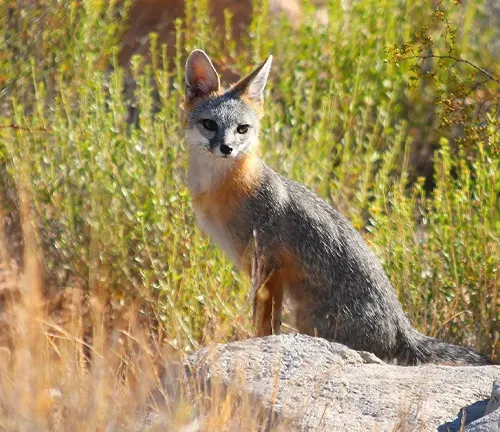
Urocyon cinereoargenteus ocythous
(Southern Grey Fox)
Inhabiting the southern regions of the United States, the Southern Grey Fox has a similar appearance to the Eastern Grey Fox.

Urocyon cinereoargenteus floridanus
(Florida Grey Fox)
Endemic to Florida, this subspecies is smaller in size compared to others and has a distinctive coat color.
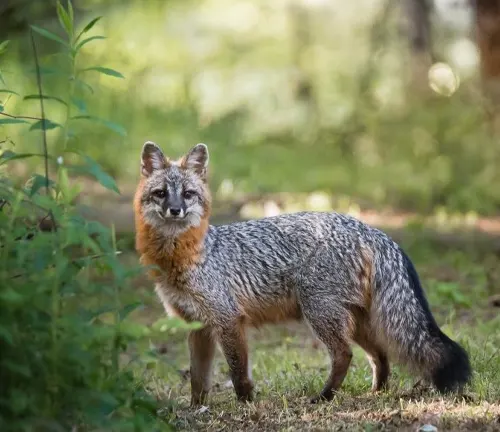
Urocyon cinereoargenteus scottii
(Scottish Grey Fox)
Found in parts of Mexico and Central America, the Scottish Grey Fox displays variations in fur color and markings.
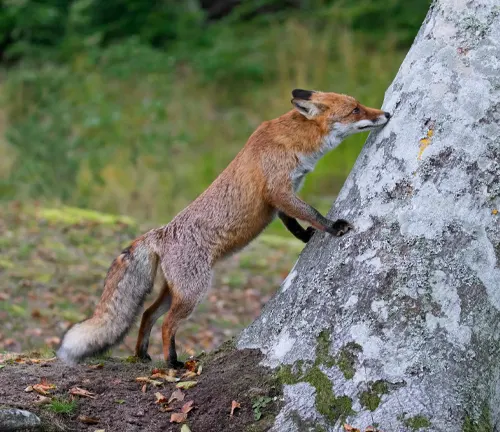
Frequently Asked Questions (FAQs)
- Are grey foxes dangerous to humans?
Grey foxes are generally shy and avoid human interactions. While they are not considered dangerous, caution is advised in case of encounters, especially in urban areas. - Do grey foxes hibernate?
No, grey foxes do not hibernate. They remain active throughout the year, adapting to seasonal changes in their environment. - What is the lifespan of a grey fox in the wild?
In the wild, grey foxes typically live around 6 to 8 years. However, factors such as predation, disease, and human activities can influence their lifespan. - How do grey foxes communicate?
Grey foxes communicate using vocalizations, body language, and scent marking. They produce various sounds, including barks, screams, and howls, to convey messages. - Can grey foxes climb trees?
Yes, grey foxes are excellent climbers. They use their sharp claws to scale trees, providing them with both a hunting advantage and a means of escape from predators. - Do grey foxes mate for life?
Grey foxes are not known for forming lifelong bonds. Mating pairs may stay together during the breeding season, but they typically lead solitary lives. - Are grey foxes more active during the day or night?
Grey foxes are primarily nocturnal, meaning they are more active during the night. However, they may exhibit some crepuscular behavior, being active during dawn and dusk. - What is the difference between a grey fox and a red fox?
While both are fox species, grey foxes (Urocyon cinereoargenteus) are distinct from red foxes (Vulpes vulpes). Grey foxes have a grizzled grey and rusty red coat, while red foxes have a more uniform red coat with a white-tipped tail. - Do grey foxes live in groups?
Grey foxes are generally solitary, but they may form small family groups during the breeding season. These family units disband once the young are independent. - How fast can grey foxes run?
Grey foxes are agile runners and can reach speeds of up to 28 miles per hour (45 km/h) when fleeing from predators or chasing prey. - What is the grey fox’s role in controlling rodent populations?
Grey foxes play a crucial ecological role by helping to control rodent populations. Their diet includes small mammals, making them effective natural pest controllers. - Are grey foxes territorial?
Yes, grey foxes are territorial animals. They mark their territories with scent markings and may engage in territorial disputes with other foxes. - Do grey foxes have any natural predators?
Grey foxes face predation from larger mammals such as coyotes and bobcats. Birds of prey, like eagles and owls, may also pose a threat to young or smaller grey foxes. - Can grey foxes swim?
Grey foxes are capable swimmers and may swim across bodies of water, though they generally prefer to avoid swimming unless necessary. - Do grey foxes scavenge for food?
While primarily carnivorous, grey foxes may scavenge for food, especially in urban areas where human-related food sources are more accessible.


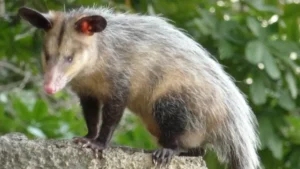

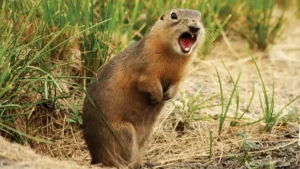

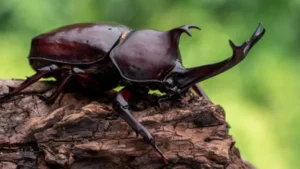


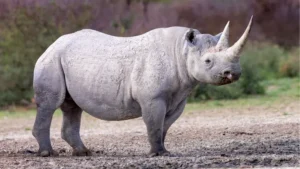



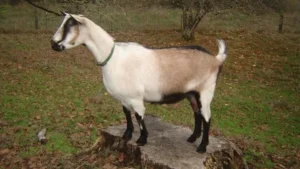
Leave your comment